The student loan landscape in the United States has undergone significant shifts over the past few years, with the federal payment pause offering temporary relief to millions of borrowers. As this monthly payment pause draws to a close, it’s crucial for New Yorkers—especially those with federal student loans—to understand what this transition means, how repayment will restart, and how best to prepare for the coming changes.
Impact and Timeline of the Payment Pause
At the onset of the COVID-19 pandemic, the federal government introduced a pause on student loan payments, interest, and collections, providing immediate financial relief to borrowers across the country, including thousands in New York. This pause was extended multiple times to accommodate ongoing economic challenges. Now, the U.S. Department of Education has announced the firm end date for this relief, with monthly payments set to resume after an extended suspension period.
Below is a summary to understand the overall scope of the payment pause and its end:
| Payment Pause Start | Payment Pause End | Loans Covered | Interest During Pause | Borrowers in NY Affected |
|---|---|---|---|---|
| March 2020 | September 2025 | Federal student loans | 0% | Over 2 million |
What Borrowers Should Expect as Payments Resume
As the payment pause expires, borrowers in New York will receive notifications from their loan servicers about upcoming due dates and new payment schedules. Importantly, interest will also begin to accrue on outstanding balances, which had been set at zero percent throughout the pause. Many borrowers might notice changes in their servicer, as several companies have exited the federal servicing market and their portfolios were transferred to new agencies.
Borrowers should expect:
-
A bill with a due date, typically 21 days before the payment is required.
-
Loan servicer correspondence outlining repayment options and details of any changes.
-
Statements reflecting current balances and accrued interest, which may be larger than anticipated due to previous periods of forbearance before the pandemic.
How to Prepare: Essential Steps
Now that repayment is restarting, New Yorkers need to check their loan accounts carefully. The first step for any borrower is to log in to their Federal Student Aid account and confirm all personal and contact information is up to date. With servicer switches, it is easy to lose important communication, so ensuring emails, phone numbers, and addresses are current is critical.
It is equally important to review the current loan status and familiarize oneself with the new servicer, if applicable. Many borrowers may find their servicer has changed during the pause, so setting up new online accounts and understanding the servicer’s communication channels will be beneficial.
For those facing financial hardship or lower income than before the pandemic, consider recalculating your monthly payment through income-driven repayment (IDR) plans. These plans base your payment on income and family size and could result in significantly lower payments while also providing a path to eventual forgiveness. Additionally, borrowers working in qualifying public service jobs should explore the Public Service Loan Forgiveness (PSLF) program, which remains available to those meeting eligibility criteria.
Options for Borrowers Struggling with Repayment
If you anticipate difficulty resuming payments, early action is key. Federal loan borrowers can apply for forbearance or deferment if experiencing economic hardship, though interest may accrue and increase overall loan costs. Income-driven repayment plans are generally preferable for long-term relief, as they also count toward forgiveness milestones if you qualify.
Borrowers are also advised to:
-
Beware of scams. Only interact with official loan services and log in through known, secure platforms.
-
Take advantage of official resources, tools, and hotlines provided by the Department of Education for advice.
For those who defaulted before the pause, there may be opportunities to return your loan to good standing through programs like “Fresh Start,” designed to give defaulted borrowers a second chance as repayment resumes.
Understanding Possible Changes in Payments
As the pause ends, payments might differ from what they were before March 2020. For example, unpaid interest accrued before the freeze may have been capitalized or added to your principal, slightly increasing the monthly payment. Furthermore, borrowers who consolidated loans or recertified for IDR plans during the pause might see new payment amounts.
Keep in mind, monthly payment amounts under standard plans are fixed over 10 years, but payments in IDR plans adjust based on income certifications. Therefore, recertifying your income and family size as soon as possible ensures the lowest possible payment.
Implications for Private Student Loan Borrowers
The federal payment pause only affected government-held federal loans, not private student loans. However, some private lenders in New York offered their own assistance programs. As the federal payment pause ends, private borrowers should reach out to their loan servicers to inquire about available hardship forbearance, refinancing options, or alternative repayment schedules if needed.
The Road Ahead for New York Borrowers
New York borrowers must be proactive in the transition back to regular payments. With New York’s high cost of living, resuming student loan repayments may require careful budgeting and financial planning. Consider the following:
-
Review your budget and adjust for the monthly payment return.
-
Set up auto-pay to take advantage of potential interest rate reductions and minimize late payments.
-
Keep an eye out for updates or new programs, as both federal and state governments periodically revise student loan relief efforts.
Final Thoughts
The end of the monthly student loan payment pause is a critical milestone, marking the return to financial obligations for millions. While this shift can be stressful, preparation is the best means to ensure a smooth adjustment. New York borrowers should stay informed, communicate proactively with loan services, and utilize all available assistance and repayment options to manage their student loan debt as the payment pause concludes and obligations resume.

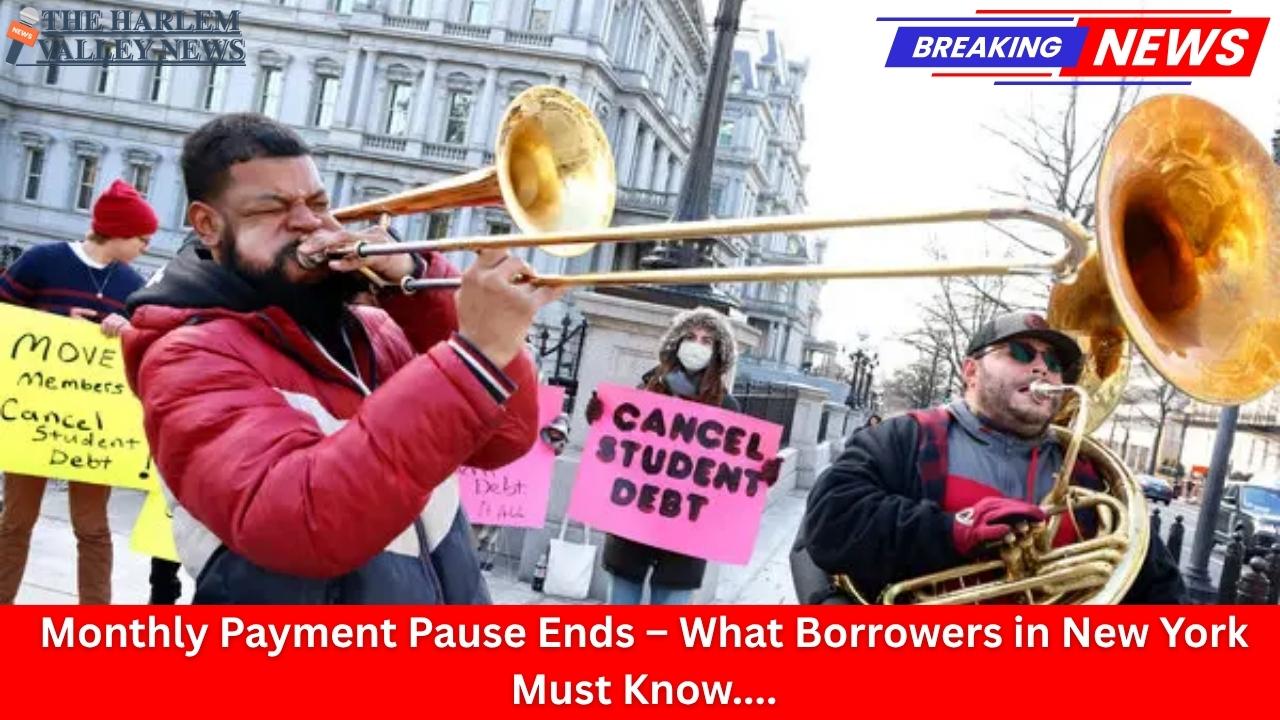

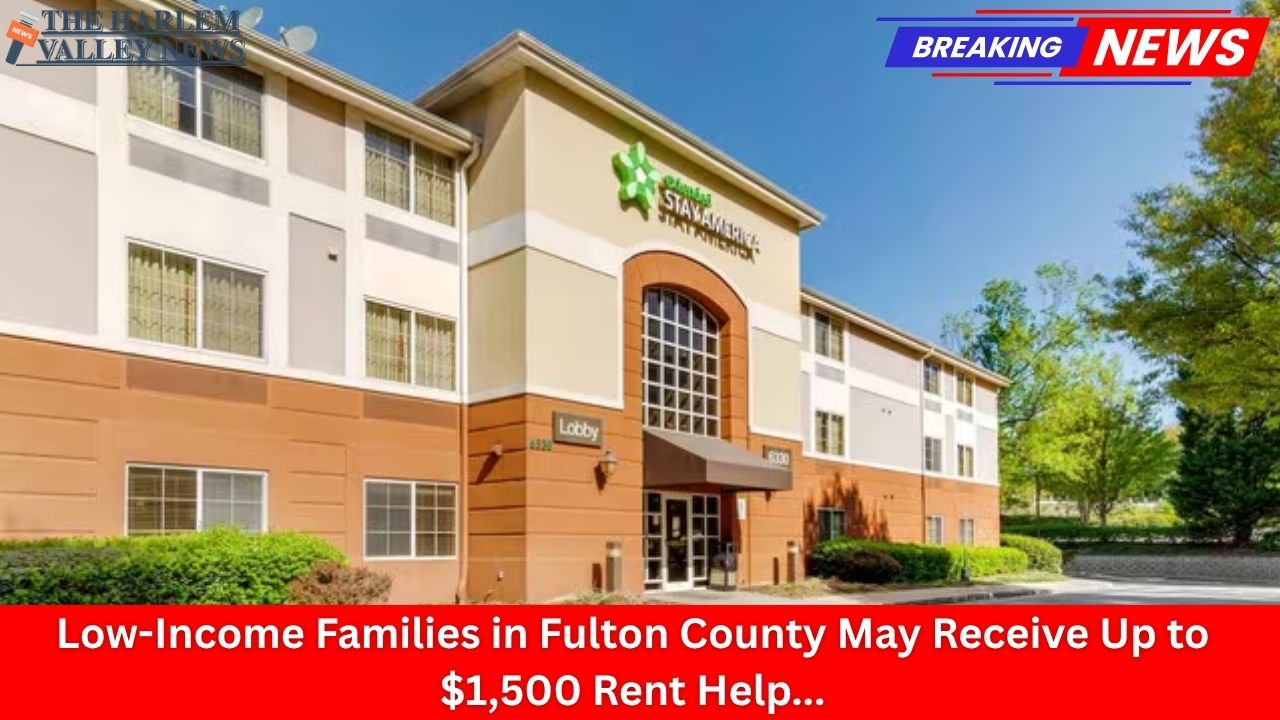

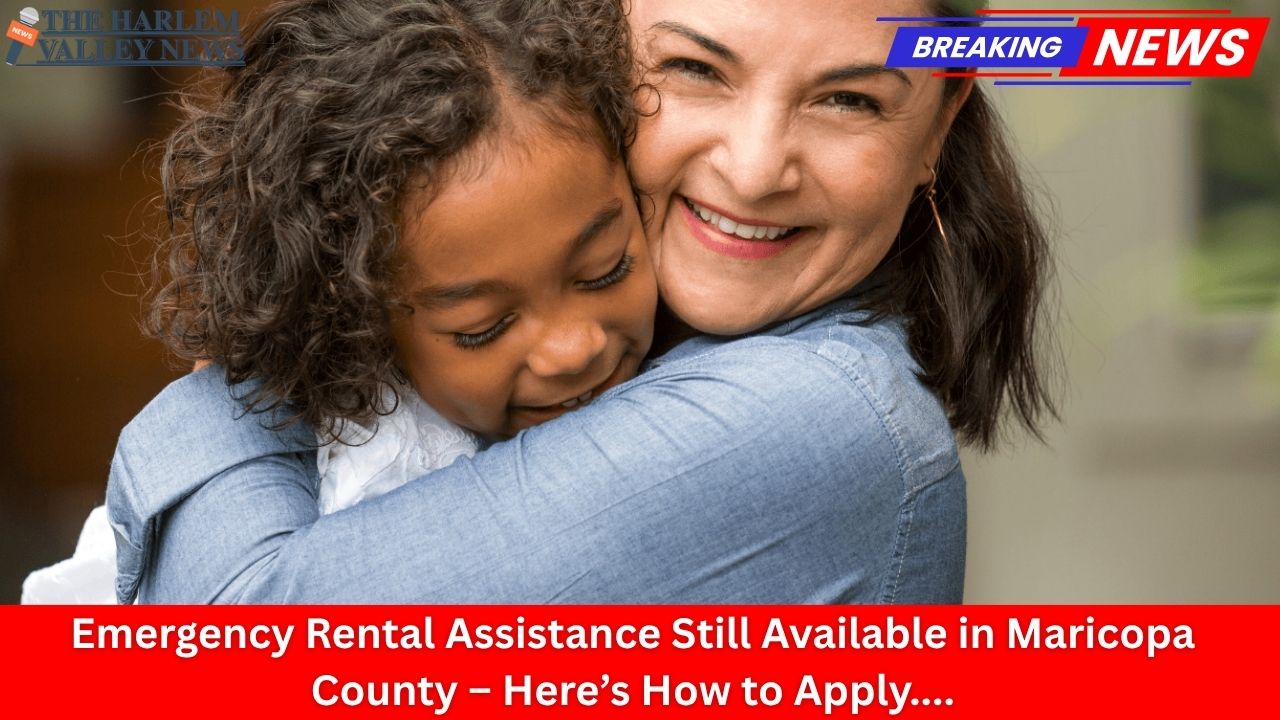
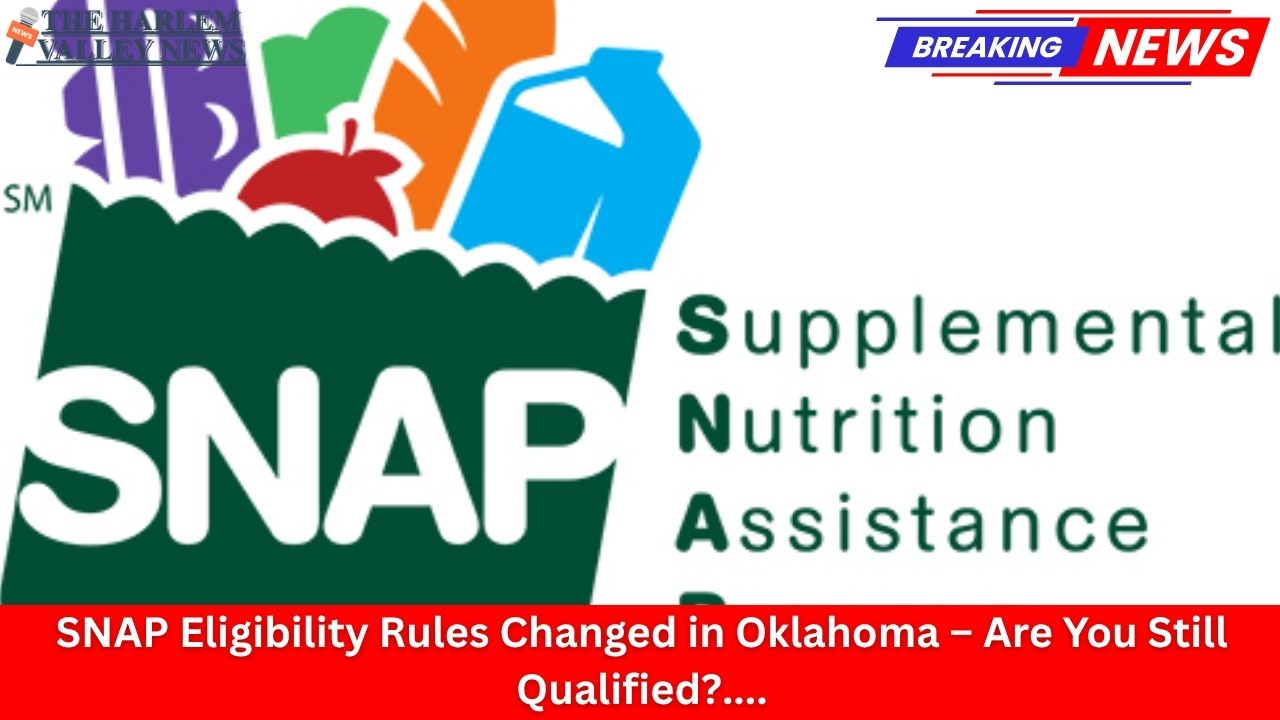




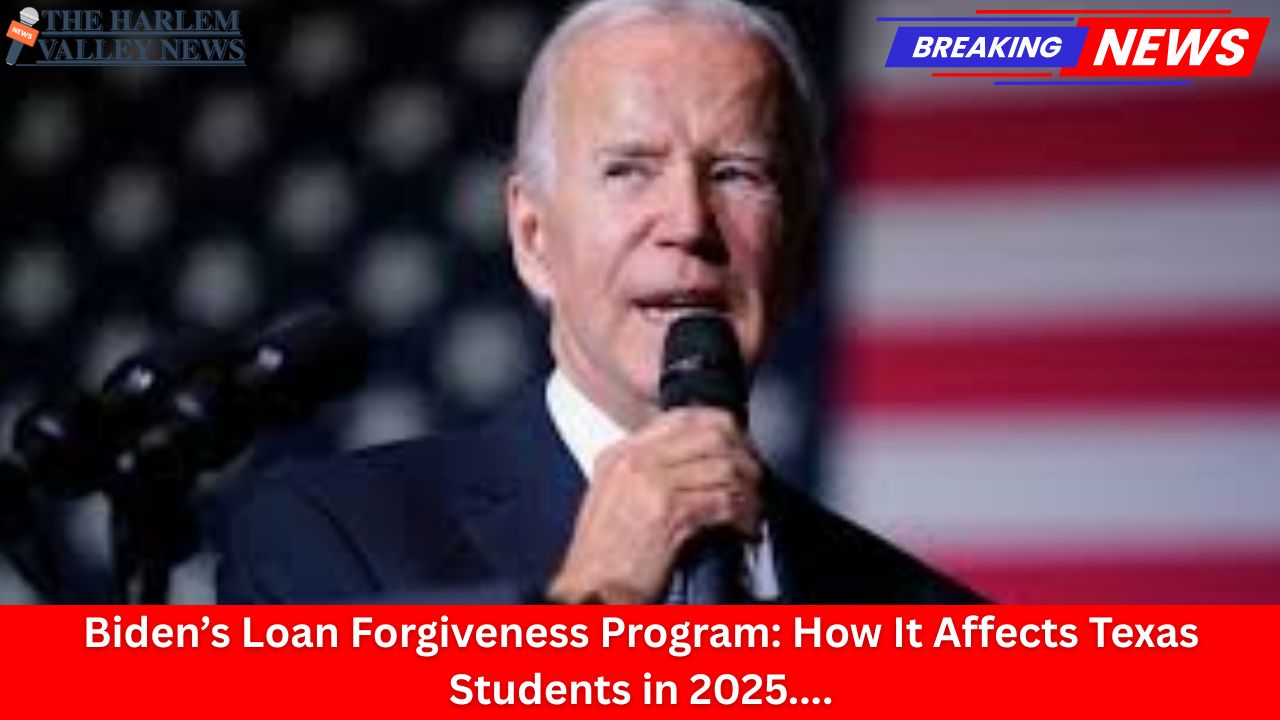
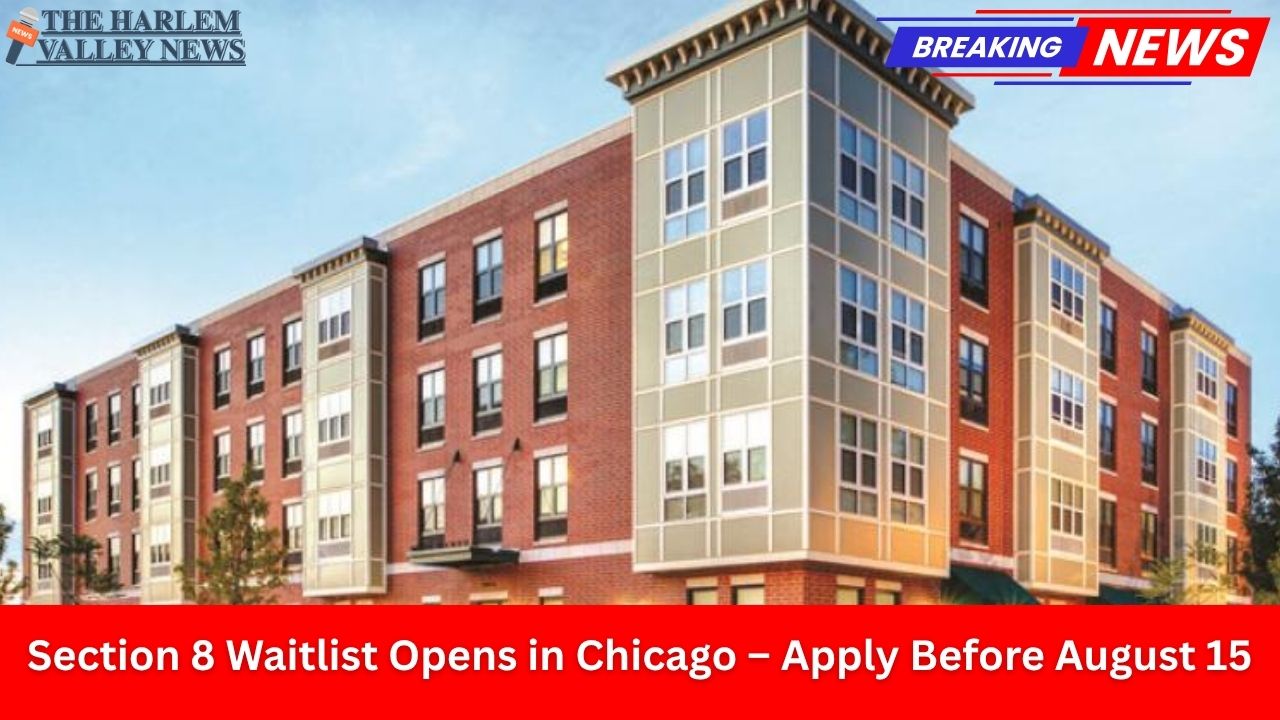
Leave a Reply